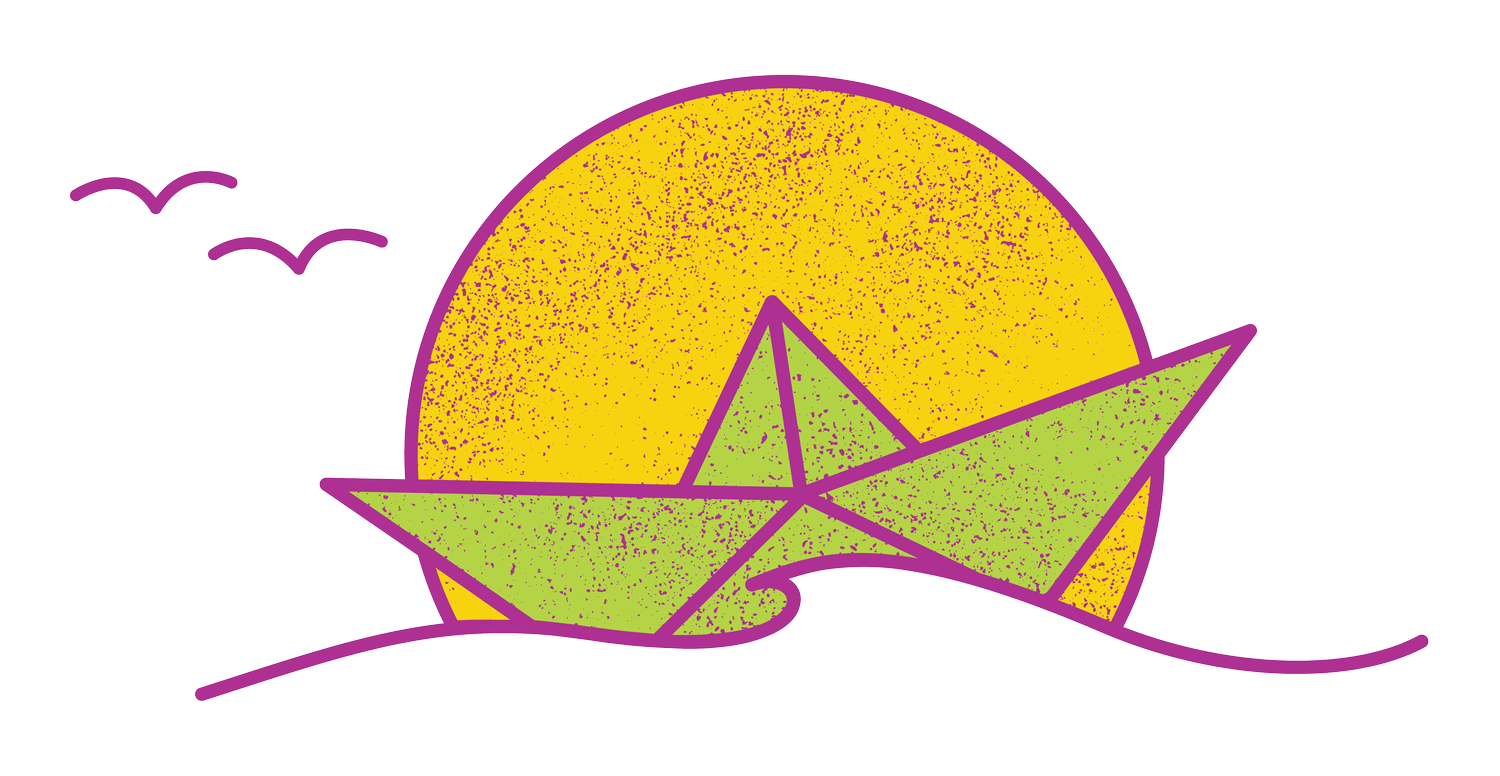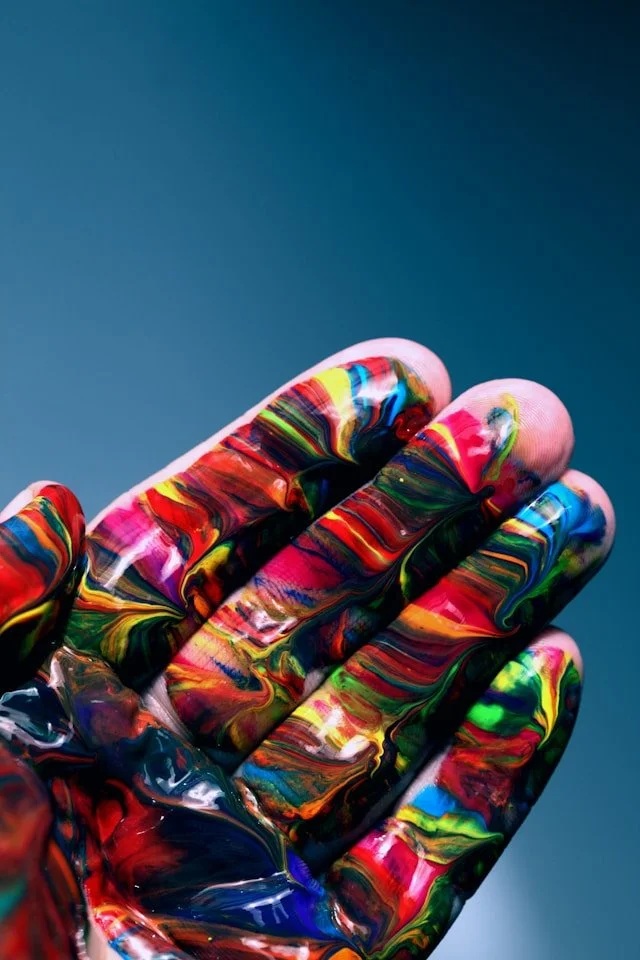Gender identity as seasons: Is this really me?
Alright, I’ve sat on this for a while, but I feel like it’s time to finally talk about gender identity as seasons.
Y
es, IT’S TIME…
You see, one of the ways that I like to support my practice and help folx navigate their gender identity is by reading through subreddits.
Now, before you freak out, no I’m not dishing out counseling advice on gender threads. I appreciate insights that the internet provides on gender identity, gender issues, and more recently gender identity as seasons. I see many problems with my youth and young adult clients. However, resources like community boards and groups highlight many prevalent concerns affecting my queer community.
Whaddup?!? What’s the deal with gender identity and seasons?!?
With the change in seasons, one topic I’ve seen repeatedly is the notion of gender identity as seasons. While this is a newer term in my repertoire, it's not a foreign concept to me by any means. It seems to be quite a popular topic, particularly with gender-fluid or non-binary individuals. How they express themselves physically - and fashionably - throughout the year is often scrutinized pretty harshly.
Before I get ahead of myself, I need to clarify:
Gender is not a fashion accessory.
Gender identity is not something that I take lightly. I’ve spent many years talking to youths and young adults struggling to navigate their gender identity or break through gender norms to be anything but serious when it comes to gender identity.
So, first thing first, what is gender identity?
Before I dive into gender identity as seasons, I want to acknowledge that gender is a societal construct that dictates the expression, roles, and behaviours of boys, girls, women, and men.
We cling to the concept earnestly because it simplifies life. However, as our society evolves and expands to embrace the different facets of existence, the understanding of gender is growing and expanding with it.
The gender roles we have held so close are pulling apart at the edges to reveal that gender is not as simple as black and white.
It is NOT based on sexual orientation, nor does it always align with assigned-at-birth genders.
Instead, the concept of gender has become more fluid, and more flexible
than our society has previously allowed. But in my space, this safe space I have created for the people that I serve, gender identity is something to celebrate and explore as a means to exist in peace with yourself.
While the conversation of gender identity as seasons might seem aesthetic, it is also a representation of queer folx during seasons of change. I want to emphasize that it is this visual representation that many gender-diverse folx use to express themselves.
It’s so important to express yourself in a way that feels true to you—which, if I’m being honest, most people take for granted.
Gender identity as seasons is all about looking more like you
Gender identity as seasons rose to popularity in April 2024 when Transactivist Dee Whitnell posted a video discussing the concept. You might have heard this term before referred to as Seasogender, Genderseason. Like many things on the internet, gender identity as seasons was met with a lot of scrutiny and backlash.
Seriously, some people need to learn the age-old lesson of saying nothing if you can’t say nice things.
But back to the point, gender identity as seasons refers to how the seasons change can make your sense of identity change too.
And really, this isn’t a new concept or idea.
Changing seasons have always made people feel certain things.
Spring makes you feel alive, woken up.
The colours are lighter, you shed your bulky winter coats for sweaters.
And come summer, we adapt again.
We embrace the weather, the sunshine, and the joy of the longer days.
It's a cycle for every season
So why can’t we accept that people whose gender identity may be different than ours, too feel the shift in season manifest in an aesthetic way?
When you identify as gender fluid or non-binary, society’s pre-defined gender roles and expectations don’t apply.
You don’t have to “dress like a girl” if you are presenting as feminine. Or “be more manly” if your at-birth gender is male and you feel anything but.
What I hope you are doing (and I’m here to work on that if you are struggling) is being exactly who you are.
So if the summer months bring out your masc energy, then let it happen.
And if the fall brings out your feminine side, lean into it.
Let the energy of the seasons fill your cup so you can live as the best version of yourself.
What it means to Live Your Gender Identity
Like I said before, changing seasons changes people.
It's not a permanent change, but a change that aligns with the time of year.
And while gender identity is a little more in-depth than following the latest fashion trends of fashion styles, the reasoning behind the changes has the same root.
We all do things to make us feel more comfortable. We do things that make us feel good, feel seen, feel happy.
If that “thing” for you is embracing a particular part of your gender identity in any given season, then I say, live it up! Embrace that part of yourself that wants to shine - whenever it wants to do so.
Why? Because you should not limit yourself to the gender binary when that isn’t who you are.
And if you’re struggling with your gender identity, talk to someone like me.
I’m not here to judge if fall makes your feminine side want to shine.
I’m not going to make it hard for you to express all the things you are feeling about your identity.
I want you to be the best version of yourself, that glorious authentic being who lives on their terms.
Because when you live in your gender identity, you’ll be living.
Parting thoughts: Why is gender identity as seasons important to me?
The first thing I want to say is that:
I see you.
I’ve been you.
I’ve stood in front of a clothing rack and flipped through the clothes that I’m expected to wear and thought “This just isn’t me.”
I was a staunch “no pink” and “no dresses” person growing up. But they were part of my wardrobe and I felt like I had no choice. I HAD no choice because someone I respected or loved expected me to look and act a certain way.
And I didn’t know how to speak up.
I felt exposed and vulnerable. In those moments I felt like I was putting on someone else's skin and parading around pretending to be someone I was not.
It wasn’t until my 20s that I started to give voice to that part of me
that cringed every time someone commented that I “looked so unlady like” or that they “felt like I act and talk more like a dude”. It still bothered me then, maybe more so because I was exploring this part of myself and stepping into who I am.
It took until my late 20s, and early 30s before I understood my gender identity.
It took a lot of soul-searching and questioning, a whole internal struggle that I faced alone before I could finally look in the mirror and feel like the person staring back was me.
What does that look like?
It depends on the season if I’m being honest. But no matter what, it reflects the part of my identity that feels the strongest at the moment.
There is no right or wrong way to express yourself. You just need to express yourself.
So this goes out to all the youth and young adults living in the shadows of their identity. This is what I bring to you: the understanding and compassion that I have shared in your experiences. I’ve developed the tools to cope and I want to give them to you.
And I have a safe space for you to explore your gender identity.
I want to show you the road to finding yourself, so you can live out loud knowing your gender identity as seasons, is your gender identity in the moment.
Hello, I’m Nita Agustin
Registered Clinical Counsellor based in Burnaby, BC
My jam is helping curious and questioning queer youth and young adults move from confusion to clarity.
Most of my clients shared feeling overwhelmed by the messages the world told them how they’re supposed to be. They do not want to be defined by what society told them about themselves.
In our work together, I guide clients in figuring out who they are, who they want to be, and how to get there. We do this by processing how their past impacted the way they live out their life today. From our work together, I noticed clients develop better self-awareness and experience improved quality of life as they can show up differently in their relationships.
I offer virtual and in-person sessions in Brentwood, North Burnaby. In the summer I also offer walk-and-walk in Confederation Park.
I am licensed to practise in BC, as well as all across Canada, so I support clients all over BC, all the way from Vancouver to Kitimat. Other than working with clients who reside in BC, I also can support clients who reside in Yukon Territories, Northwest Territories, Nunavut, Saskatchewan, Manitoba, and Newfoundland.
Check out my About me page to learn more about what I do and have to offer for you. Also, explore my Services page to see how I can guide you in making shifts in your life today. If you feel ready to discover ways to live life on your own terms, I welcome you to book an initial intake session. I am so stoked to meet you and start figuring out how you can show up as your best self!
Throughout this pandemic, I witnessed telehealth virtual sessions become more of a norm, and it has been super transformative seeing clients can access mental health services from the comfort of their home.
There are lots of different stereotypes out there, and society tells us who we are supposed to be and what we are supposed to do in the world. It can feel very overwhelming and confusing to compare our personal experience against those ideas. The thing is, you no longer have to be defined by what society tells you. It is your life to live, and you get to decide who get a say about your life.








